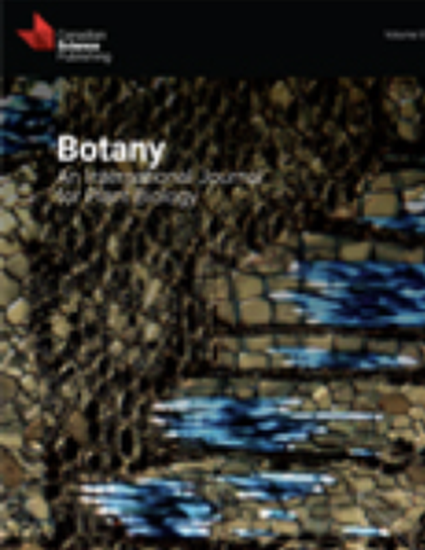
Article
Phytomass: Structural relationships for woody plant species in the understory of an Appalachian oak forest
Canadian Journal of Botany
(1982)
Abstract
Equations were developed for estimating total aboveground phytomass from structural dimensions of individual stems involving 17 tree and shrub species in the understory of second-growth Appalachian oak forest stands in southwest Virginia. All possible combinations of three functional forms of the equation (linear, allometric, and exponential) and three independent variables (basal area, stem height, and crown area), singly and in combination, were tested. The linear model, with stem basal area as the independent variable, provided the best fit to the data for 15 of the 17 species. The exceptions were the blueberries (Vaccinium stamineum and V. vacillans) where crown area performed better than basal area as the independent variable. With respect to Vaccinium vacillans, in particular, only 35% of the variation in aboveground phytomass could be accounted for using all three independent (structural) variables, which suggests a pattern of growth substantially different from the other species studied. Stratified sampling of stems involving broad height classes appeared to favor the application of linear models over nonlinear models.
Disciplines
Publication Date
1982
DOI
https://doi.org/10.1139/b82-240
Citation Information
Terry L. Sharik. "Phytomass: Structural relationships for woody plant species in the understory of an Appalachian oak forest" Canadian Journal of Botany Vol. 60 Iss. 10 (1982) p. 1923 - 1927 Available at: http://works.bepress.com/terry_sharik/129/
